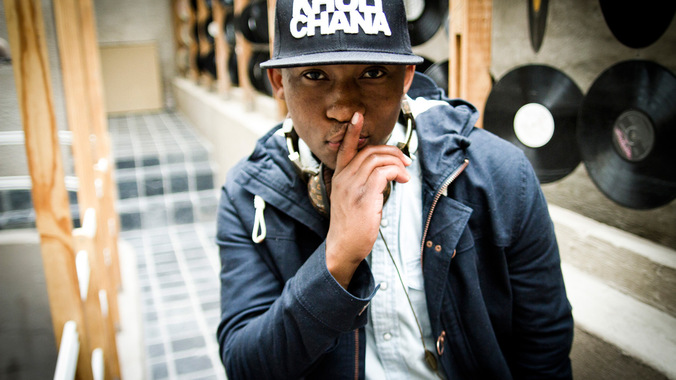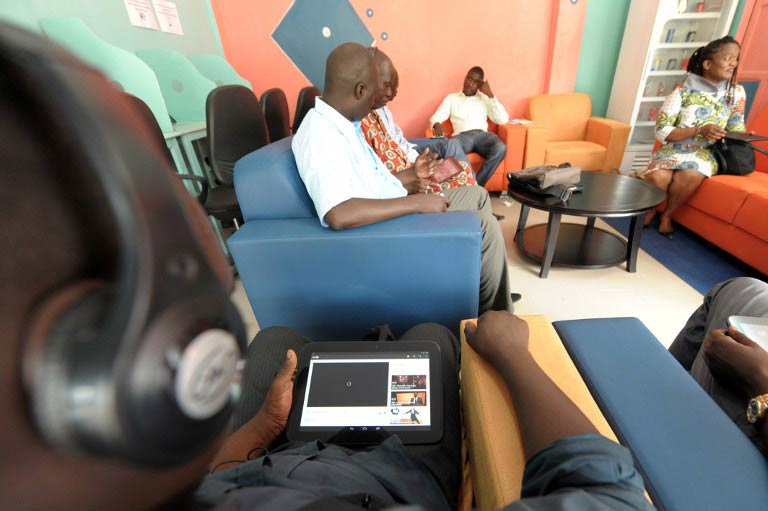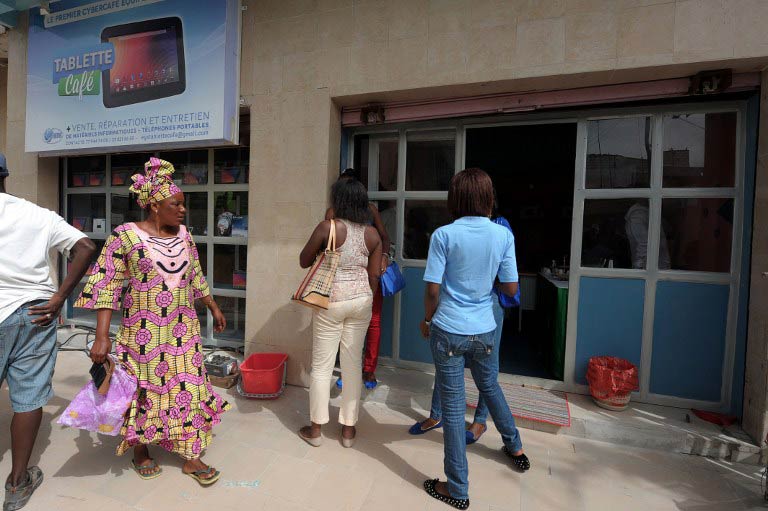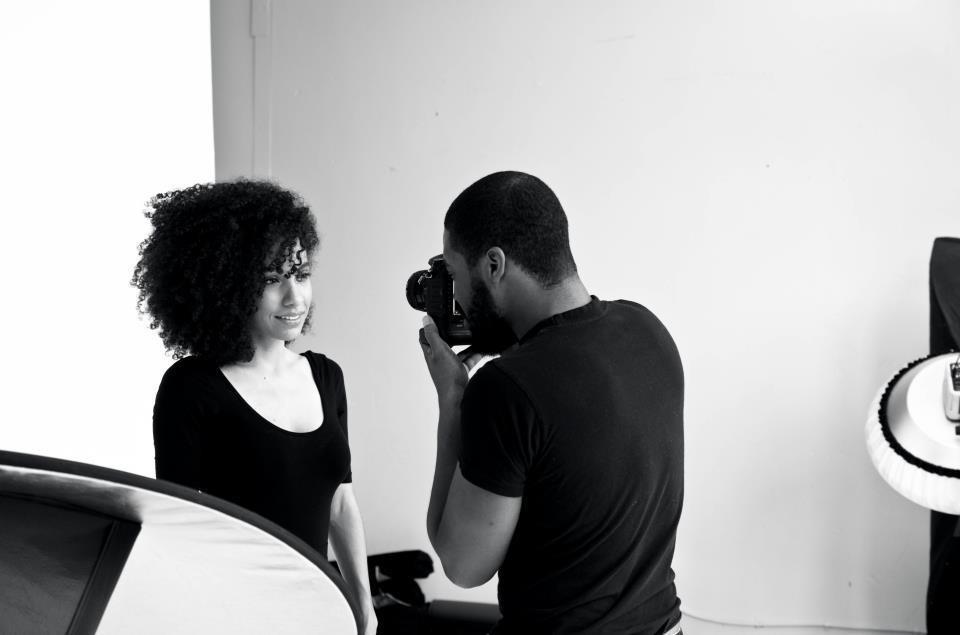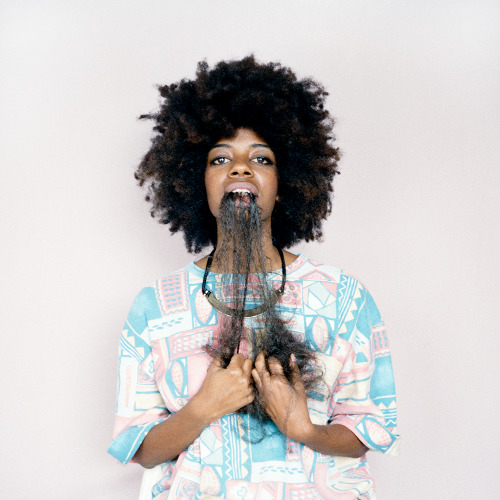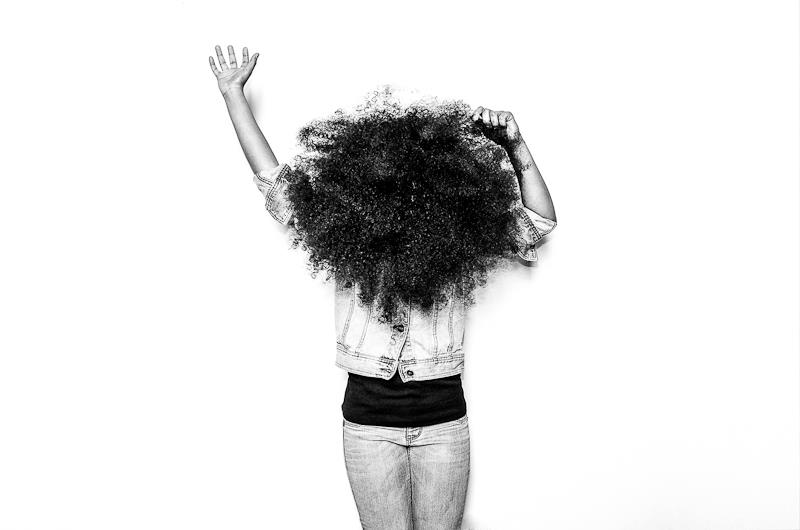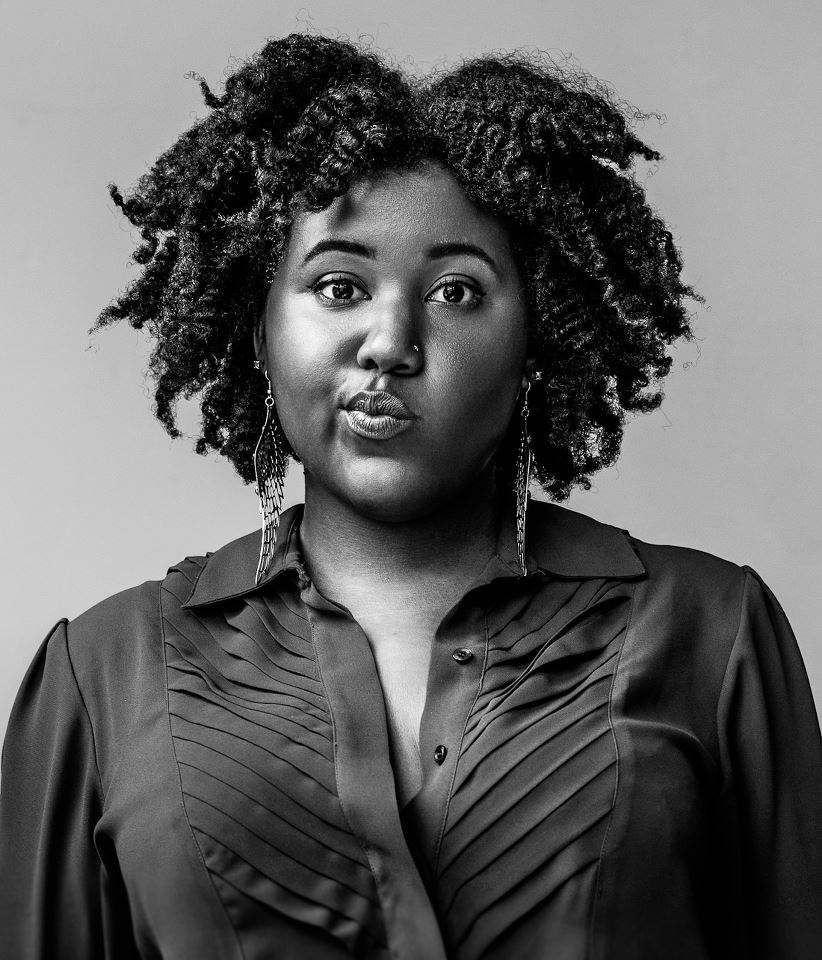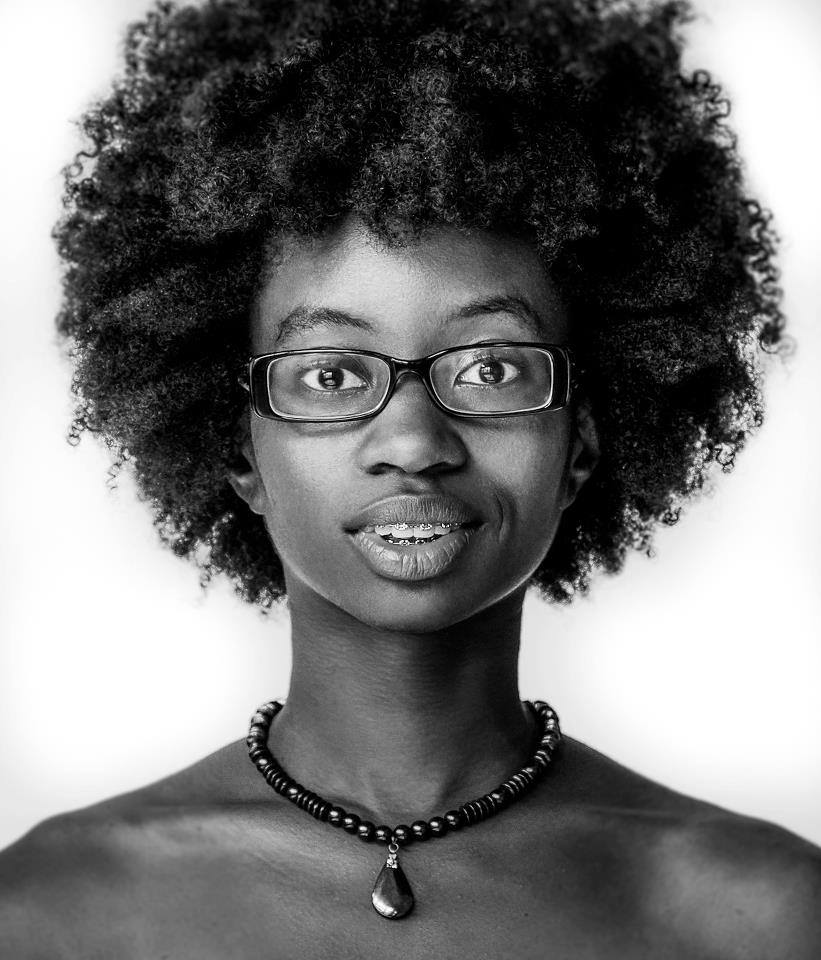Ugandans love a good party, every day of the week, till all hours of the morning. We weren’t crowned number 8 in the World’s 10 top drinking nations for our conservative ways. Here in Kampala we tend to embrace a novelty or fad with extreme enthusiasm until we are bored stiff of it. Dance floor smoke machines were once the in thing – we’d literally be choking as we danced at different venues, each trying to outdo the other, until we eventually tired of it, or suffocated. The latest fad is smoke of a different kind: shisha.
The first time I saw a hookah pipe in Kampala, I was warned that it was drugs. Many people probably had the same perception, and believed it served religious and cultural purposes that weren’t our own. It took a while for the trend to take off last year but once it did, it was big.From restaurants to cocktail bars, private parties to clubs, pipes are almost always on standby. It’s good business for the night spots, and the ‘shisha guys’ earn a decent livelihood from it. At a standard and affordable price of $6 per hookah, establishments are less interested in capitalising on shisha profits than they are in buying patrons’ time. Keeping us there for hours equals more spend at the bar. Ka-ching!
At first I was allured by the novelty, especially because it was available at home and not just abroad, but the excitement has since burnt out for me. All anyone seems to care about is shisha. Well, that and how an hour-long shisha session is as harmful as smoking a hundred cigarettes.
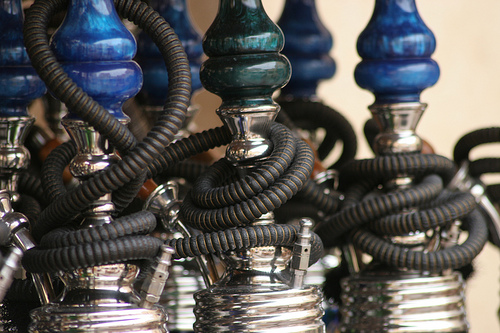
Smoking shisha in public goes against what’s accepted in our social culture, especially for women. Despite the stigma associated with women smoking cigarettes in Uganda, shisha is a firm favorite with the ladies. It’s obvious to me why it’s socially acceptable, or at least somewhat socially acceptable. Smoking shisha serves as an extension of the modern African woman’s liberation – freedom of choice combined with a dose of rebellion while still fitting within the boundaries of the acceptable. Women are not smoking locally made Rex cigarettes while cheering on the Gunners; they are peacefully and calmly smoking the fruits of mother nature. Mint, berries, grapes and apples; so very demure, acceptable, pretty and fragrant: the definition of an acceptably perfect East African woman.
Other than shaking it on the dance floor, I don’t know another way women and men can acceptably be so socially intimate with each other. Shoot me now for going against anti-smoking campaigns but isn’t there something sexy about smoking? Not the lung cancer, addiction and bad breath of course, but as she inhales deeply with her well-groomed painted red nails, the smoke screen against her pretty face, a woman has a certain je ne sais quoi about her. If there wasn’t a ban on tobacco advertising in many countries I’m sure we would be seeing this kind of imagery more than we do now because it is alluring. Kampala’s upscale bars and clubs are filled with corporate women, drink in one hand and pipe in another, sitting among their male colleagues, passing the pipe from person to person. Not so long ago I learnt that in Kampala-shisha-slang lingo, the plastic mouthpiece is called a condom. I rest my case.
With hookah pipes starring in every other Facebook picture of a Ugandan nightclub or social event, I don’t see the fad going anywhere anytime soon. This 400- year-old trend has modernised itself within popular culture, not just in Kampala but throughout the world.
While there’s a need to highlight the dangers and effects of shisha, it doesn’t help that our local journalists and health care professionals are a bit over the top with their attempts.
“Uganda will fall into an abyss because of evils like shisha, homosexuality and other emerging moral upheavals…” Dan Kimosho, public relations officer at National Medical Stores, recently wrote.
Okay, then.
They may be coming from a good place but hookah is not a gateway drug to crack and prostitution. The most recent media hysteria is that smoking shisha will cause failure to conceive in Ugandan women. Is now a good time to bring up our over-population crisis and extraordinarily high fertility rate? Probably not. What health care professionals, media and government should focus on is providing accurate information and adjusting regulations so that they tally with general smoking legislation on health, safety, licensing and age limits. Then us big girls and boys can choose to fall into the abyss of evil armed with facts and figures. What is socially acceptable anymore? Looking around Kampala’s nightlife scene, I see a lot more to be concerned about than hookahs – and the starting price is apparently the same as a round of shisha.
Melinda Ozongwu is a writer based in Kampala, Uganda. She writes television scripts and regular opinion pieces on the subtext of urban culture in African countries. Her blog SmartGirl Living is a cocktail of thoughts, recipes and advice for the modern African woman. Connect with her on Twitter.
